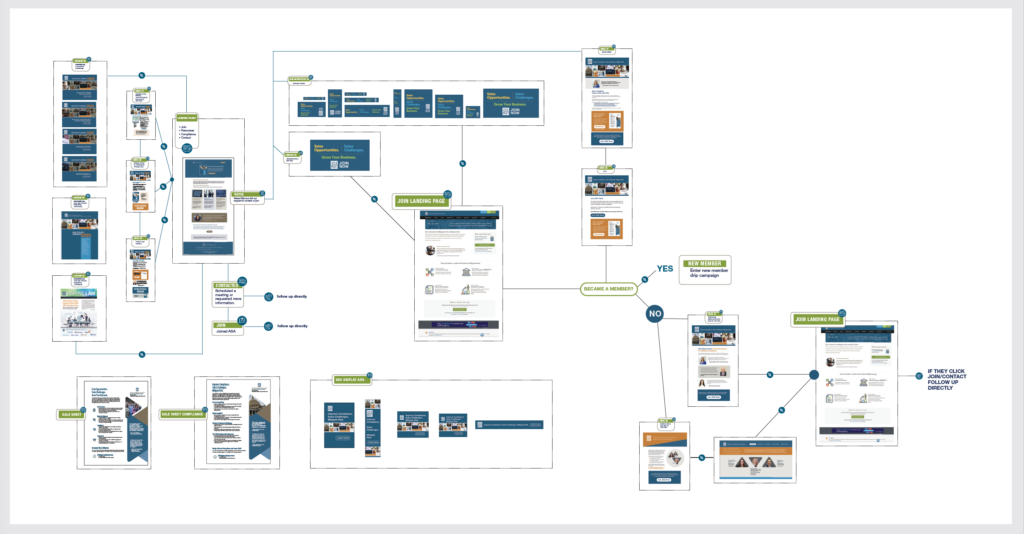You don’t have time to chase small fish. So what’s the solution?
Big firms get the attention. They have the budgets. They make your numbers look good. But while you’re chasing whales, hundreds of smaller firms float by, untouched.
Not because you don’t care. But because your team is already stretched. So you prioritize. And the smalls slip through.
It doesn’t have to stay that way.
Small Firms Are a Growth Channel. Not a Distraction.
There are more small firms than mid-size or large combined. Many are ready to join. They just need to hear something that sounds like it was meant for them.
They don’t need hand-holding. They don’t need a concierge. They need clarity.
That means messaging that fits their world—and a process that doesn’t burn out your team.
Build a Workflow That Meets Them Where They Are
You don’t need to build from scratch. You need to reframe how you approach the segment.
Start with:
- Plain speech: No jargon. No puffed-up promises. Say what you mean.
- Grounded design: Clean, clear, easy to skim. No boardroom shots or glossy hero images.
- Familiar situations: Talk about wearing too many hats. Making decisions fast. Finding real value quickly.
Then put it in motion.
A Flow That Works
Here’s one we’ve used that delivers:
- Lead with a pain point: “Pressed for time? Join the club.”
- Add a peer voice: Someone in a small shop talking about why they joined.
- Map out the first 30 days: Tell them what happens after they say yes. Week by week.
- Ask for the join: Direct, simple, now.
This is how you move from generic outreach to real relevance.
Clean Up Your Landing Pages
If your landing pages speak to “everyone,” they speak to no one.
A page that works for small firms includes:
- A clear headline that names their problem
- A short visual preview of what’s ahead
- One clear call to action
This doesn’t take weeks to build. It takes one afternoon and a clear point of view.
Start Small. Let the System Scale.
You don’t need to reach every small firm. Just build a workflow that makes it easy for them to see themselves—and say yes.
Once it’s running, it works in the background. Your team stays focused. The system does the heavy lifting.
And you stop leaving value on the table.
Last Thought
Small firms aren’t harder to convert. You’ve just been talking to them like they’re someone else.
Speak directly. Build the right path. Then let them walk it.
At Rottman Creative, we help associations shift from noisy assumptions to impactful realities—creating outreach that fits naturally into your members’ lives. Let’s replace guesswork with targeted, intentional engagement that works in the real world. Let’s Talk >
Share this post in LinkedIn:
NOT ANOTHER SNOOZELETTER.
SIGN UP. BE INSPIRED.
How Well Do You Really Understand Your Members’ Time?

It’s Q2—Time to Act on Member Acquisition





































